Periodontal
THERAPY
Treating Periodontal Disease
Periodontal disease can be treated and maintained surgically, and non-surgically. As a full-service periodontal practice, we offer comprehensive treatment options utilizing the latest in periodontal technologies and techniques.

NON-SURGICAL TREATMENTS
Scaling and Root Planing
Scaling and root planing is nonsurgical deep cleaning for the gums. A periodontist will use specialized instrumentation to thoroughly remove harmful bacteria and plaque buildup from below the gumline.
The Benefits of Scaling and Root Planing
Scaling and root planing can help prevent further damage to the gums and teeth by removing harmful bacteria and plaque buildup. This not only improves oral health but also has the potential to reduce the risk of other health problems, such as heart disease, stroke, and diabetes.
How does scaling and root planing differ from a periodontal maintenance?
In periodontal maintenance, teeth are cleaned just below the gumline. A scaling and root planing cleans further down the root of the tooth to the bottom of the pocket.
What should patients do before a scaling and root planing procedure?
There are no real restrictions, but diabetic patients will want to eat before coming in to prevent any diabetic issues. Otherwise, patients can eat normally before the procedure. Once the anesthetic wears off, patients can return to a normal diet and hygiene routine.
Will patients need anesthesia?
A local anesthetic is used to numb the area. The anesthetic usually wears off within an hour to an hour and a half, but it may even start to wear off a little sooner.
How long does the procedure take?
The procedure usually takes about 90 to 120 minutes for two quadrants or half of the mouth.
Who does the procedure?
One of our registered dental hygienists typically performs the scaling and root planing procedure.
Can patients go back to work after scaling and root planing?
Most patients only experience mild discomfort after the procedure and can return to normal daily activities.
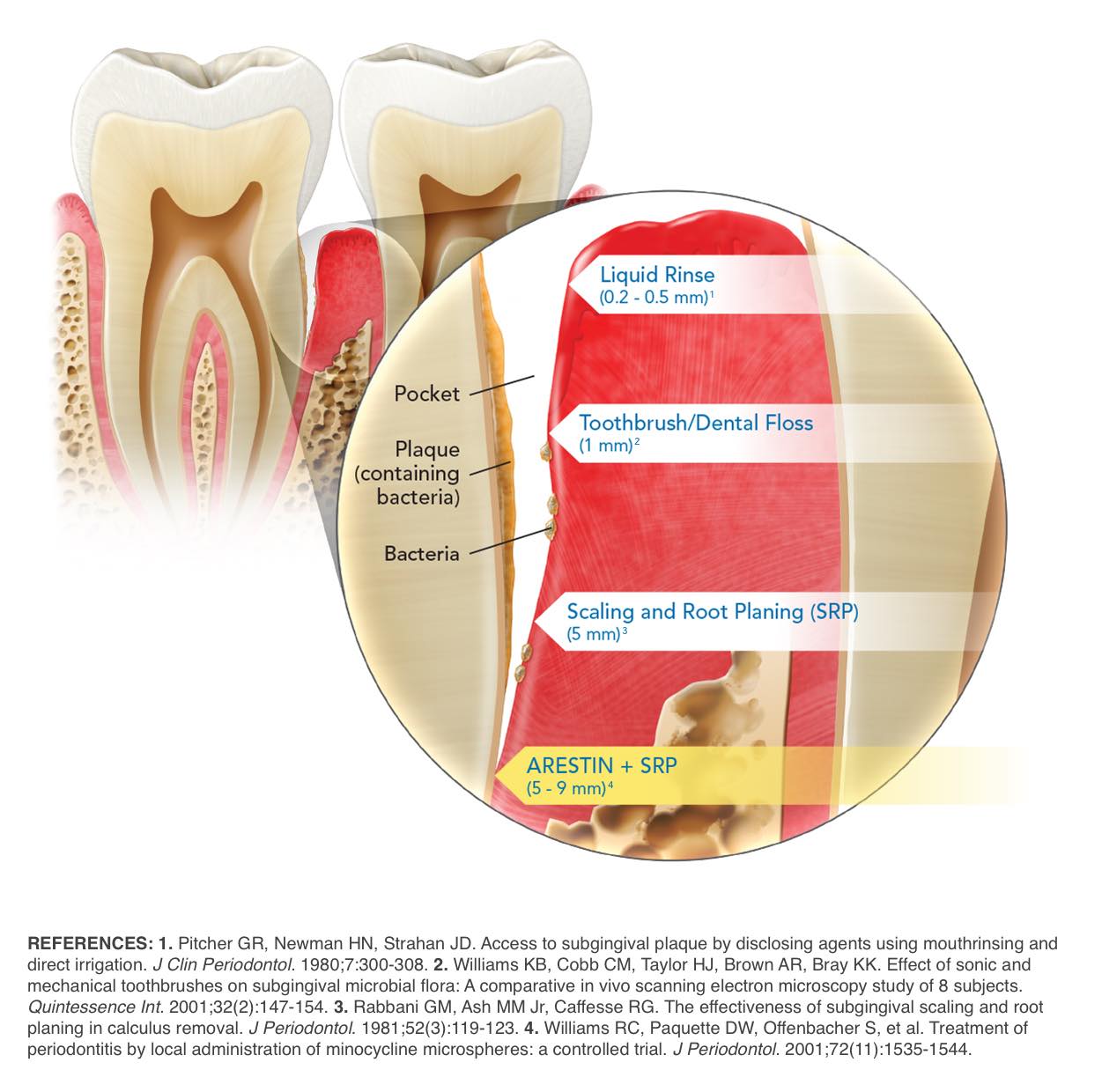
Arestin®
Targeted Antibiotic Therapy for Periodontal Health
Arestin provides a highly effective approach to fight gum disease.
Arestin is a targeted antibiotic therapy for patients dealing with periodontal infections. It's a powerful adjunct treatment that works in conjunction with scaling and root planing, delivering medication deep into periodontal pockets where bacteria thrive.
Arestin contains minocycline microspheres, which release antibiotics directly at the infection site over time. This controlled-release mechanism enables long-lasting treatment while minimizing systemic exposure. As a result, Arestin is both effective and well-tolerated by patients, with minimal side effects.
This localized antibiotic therapy helps in reducing inflammation, pocket depth, and bacterial load, thus supporting the healing process and enhancing periodontal health. When used in combination with traditional periodontal treatments, Arestin is a valuable tool in the fight against gum disease, ensuring a healthier smile for patients.
SURGICAL TREATMENTS
Osseous Surgery
Osseous surgery is pocket reduction surgery. Sometimes called flap surgery, osseous surgery is a procedure that aims to reduce pocket depths around the teeth. This is achieved by smoothing irregularities in the bone.
The Key Benefit of Osseous Surgery
Deep pockets can be challenging for patients to clean effectively with regular brushing and flossing. Osseous surgery can help patients improve their oral hygiene, which is crucial for keeping teeth and gums healthy.
What Can I Expect During Osseous Surgery?
Before the procedure, patients will receive a local anesthetic to numb the area. Then, a small incision is made in the gumline to open the site for treatment.
Next, bacteria, tartar, and plaque will be removed from the root surfaces, and all bone irregularities will be smoothed. This helps reduce the pocket depth around the teeth and prevents further bone loss.
Finally, the gums will be stitched in place.
Will patients need anesthesia?
A local anesthetic is used to numb the area. The anesthetic usually wears off within an hour to an hour and a half, but it may even start to wear off a little sooner.
How Long Does Osseous Surgery Take?
The procedure usually takes about two hours.
Who does the procedure?
This procedure is performed by Dr. Ratliff and her surgical team.
After Osseous Surgery
Follow the instructions for post-operative care. Download and follow our Osseous Surgery Post-Operative Guide here.
LANAP® Laser Surgery
LANAP laser surgery is a pocket reduction surgery without cutting or sewing your gums! A specialized laser is used opposed to a scalpel to open your gums and remove diseases tissue.
The procedure has many benefits for oral health. It can help prevent further bone loss, tooth loss, and other complications due to periodontal disease.
What Can I Expect During LANAP® Laser Surgery?
During laser surgery, you can expect the doctor to direct a focused laser light below your gumline to remove diseased tissue and thoroughly clean your teeth and roots. The doctor will also use hand and ultrasonic instruments to clean your teeth and root surfaces thoroughly. Next, the laser will help form a clot in your gums to reduce pocket size so new healthy bone can grow. The precision and gentleness of laser surgery means you can expect successful treatment of gum disease without losing healthy tissue or bone.
Will patients need anesthesia?
A local anesthetic is used to numb the area. The anesthetic usually wears off within an hour to an hour and a half, but it may even start to wear off a little sooner.
How Long Does LANAP® Laser Surgery Take?
The procedure usually takes about two hours.
Who does the procedure?
This procedure is performed by Dr. Ratliff and her surgical team.
After LANAP® Laser Surgery
Follow the instructions for post-operative care. Download and follow our LANAP® Laser Surgery Post-Operative Guide here.
Guided Tissue Regeneration
Periodontal disease destroys bone over time contributing to loosening teeth and can eventually lead to tooth loss altogether. Guided tissue regeneration is one treatment option to regrow this lost bone. In this surgical procedure bone is placed with a membrane to regrow the bone.
What Can I Expect During Guided Tissue Regeneration?
Guided tissue regeneration is a specialized surgical treatment to regrow lost bone and stabilize periodontally compromised teeth. In this procedure, gum tissue is opened the tooth surface is cleaned and a bone graft and membrane is placed. This stabilizes clot formation in a controlled space which facilitates regeneration of bone, ligaments, and gum tissues. The newly regenerated bone re-anchors teeth and restores structural integrity. The membrane safely biodegrades without removal.
Will patients need anesthesia?
A local anesthetic is used to numb the area. The anesthetic usually wears off within an hour to an hour and a half, but it may even start to wear off a little sooner.
How Long Does Guided Tissue Regeneration Surgery Take?
Depending on the extent of the patient's condition, a Guided Tissue Regeneration may take 1 to 2 hours.
Who does the procedure?
This procedure is performed by Dr. Ratliff and her surgical team.
After Guided Tissue Regeneration Surgery
Follow the instructions for post-operative care. Download and follow our Guided Tissue Regeneration Post-Operative Guide here.
With proper at-home care and maintenance visits, this advanced regeneration procedure can give you a chance to save your natural teeth.
Gingivectomy
A gingivectomy is a periodontal treatment for gum inflammation and pockets. This minor surgical procedure removes and recontours diseased, loose, or excess gum tissue.
What Can I Expect During a Gingivectomy?
The surgery involves numbing the area before the diseased tissue is precisely excised using specialized instrumentation. Removing the unhealthy gum tissue halts progression of gum disease and creates a healthier environment for the remaining gums to reattach more snugly around the teeth. In turn, this eliminates spaces that foster growth of bacteria. A gingivectomy also reshapes uneven or cosmetically unpleasing gums into normal contours.
Will patients need anesthesia?
A local anesthetic is used to numb the area. The anesthetic usually wears off within an hour to an hour and a half, but it may even start to wear off a little sooner.
How Long Does a Gingivectomy take?
Depending on the extent of the patient's condition, a Gingivectomy typically takes about an hour.
Who does the procedure?
This procedure is performed by Dr. Ratliff and her surgical team.
After a Gingivectomy:
Mild post-op sensitivity and swelling typically resolve within a few days with proper at-home care. Regular follow-up visits and excellent oral hygiene help maintain the results of the gingivectomy procedure. Download and follow our Gingivectomy Post-Operative Guide here.
This minimally invasive surgery paired with ongoing periodontal care provides effective treatment for gum disease.
Maintenance
Periodontal Maintenance
Periodontal maintenance is a way to keep gums healthy and prevent further damage from gum disease. It involves regular visits to the periodontist for cleaning, checking, and monitoring the condition of the gums. During a Perio Maintenance, the doctor can also help identify and manage contributing risk factors, like stress, diabetes, smoking, diet, and drug use.
What is the difference between dental and periodontal cleaning?
When patients go to the dentist for a cleaning, the dentist cleans their teeth above the gumline. This is called prophylaxis. When patients come in for a periodontal maintenance appointment, the periodontist cleans their teeth both above and below the gumline.
How does a periodontal maintenance differ from scaling and root planing?
During a periodontal maintenance visit, the teeth are cleaned just below the gumline. During scaling and root planing, the teeth are cleaned further down the root of the teeth to the base of the packet and local anestetic is required.
How often do patients need to come in for periodontal maintenance appointments?
The frequency of cleanings will be tailored to individual health needs. Visits can range from once every 2 to 6 months.
How long does a periodontal maintenance appointment take?
Schedule an hour for a periodontal maintenance visit.
Does periodontal maintenance hurt?
We understand that many patients feel uncomfortable and sensitive during their periodontal maintenance. That is why we offer different levels of topical anesthetics to help keep patients comfortable.
Fluoride Treatments
Fluoride treatments can greatly benefit your oral health as part of your regular dental care routine.
Fluoride is a mineral that helps prevent cavities and tooth decay by making your teeth more resistant to acid attacks. It also helps reverse early stages of tooth decay by facilitating remineralization of tooth surfaces. Professional strength fluoride treatments performed at our office allow a higher dose of fluoride to penetrate deeper past the enamel surface.
Treatments are applied by our registered dental hygienists and take just a few painless minutes. With regular fluoride treatments, you’ll help strengthen your tooth enamel, reduce sensitivity, and improve your oral health. Discuss adding fluoride treatments to your routine at your next appointment.
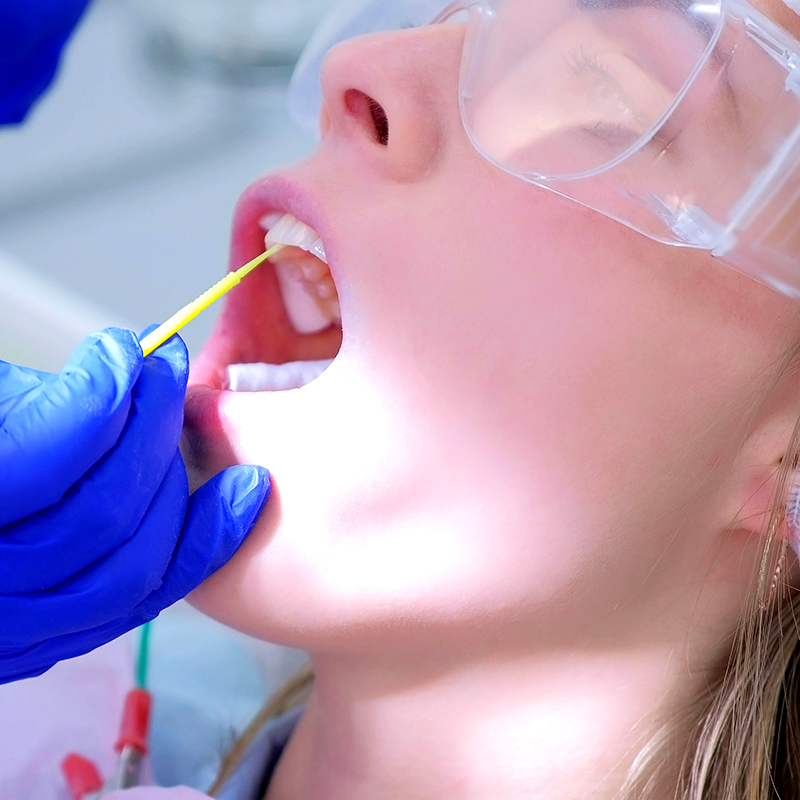
© Copyright 2012 - 2025 Pure Perio | All rights reserved
Periodontal Therapies & Services
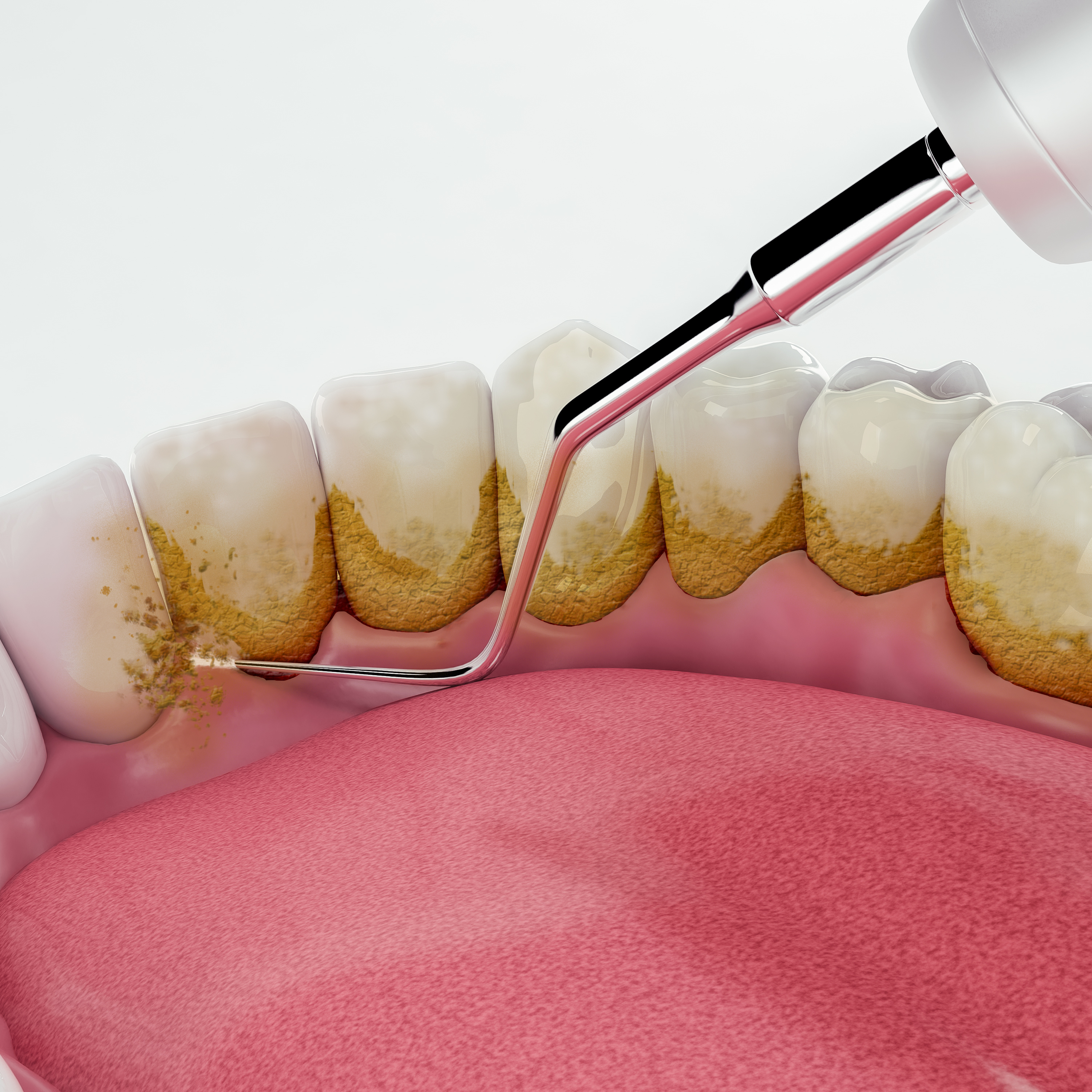
Periodontal Therapy
While there is no cure for periodontal disease, it can be treated surgically and maintained non surgically. Some treatments include scaling and root planing, osseous surgery, and perio-maintenance. Learn more more about our periodontal treatment options.
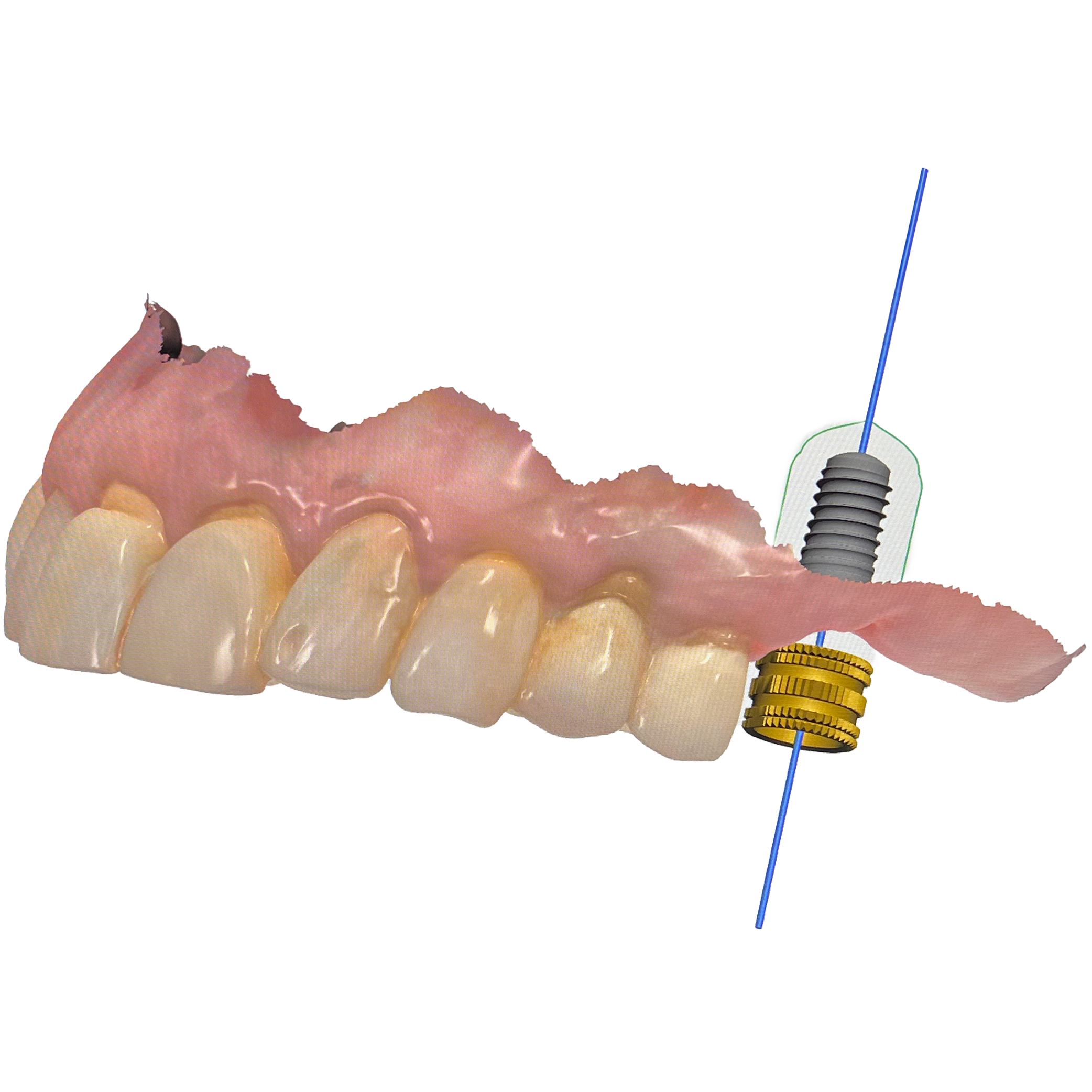
Implant Services
Dental implants replace missing teeth. Implants offer improved appearance, long-lasting teeth, and enhanced comfort over other options. Learn more to see if implants are right for you.

Laser Therapy
Laser therapy provides a no cut no sew alternative to traditional gum surgeries. Lasers can also aid in tissue regeneration. Learn more about laser therapy and the LANAP and LAPIP procedures.
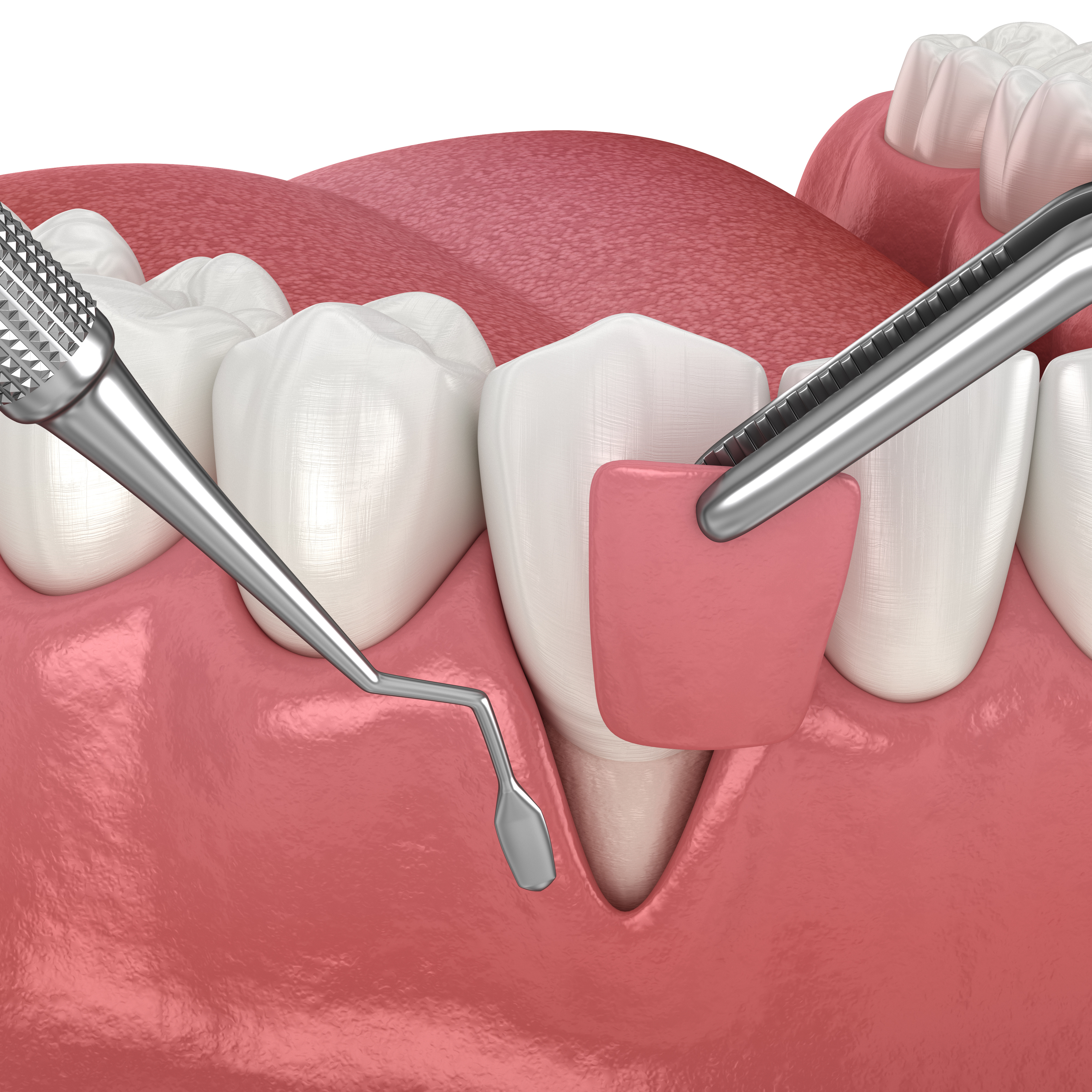
Recession Therapy
Gum recession exposes the roots of teeth and can lead to sensitivity and decay. It also affects the aesthetics of your smile. Gum grafting is a procedure that helps cover exposed roots and regenerate lost gum tissue. Learn more about the surgical techniques used to treat recession.
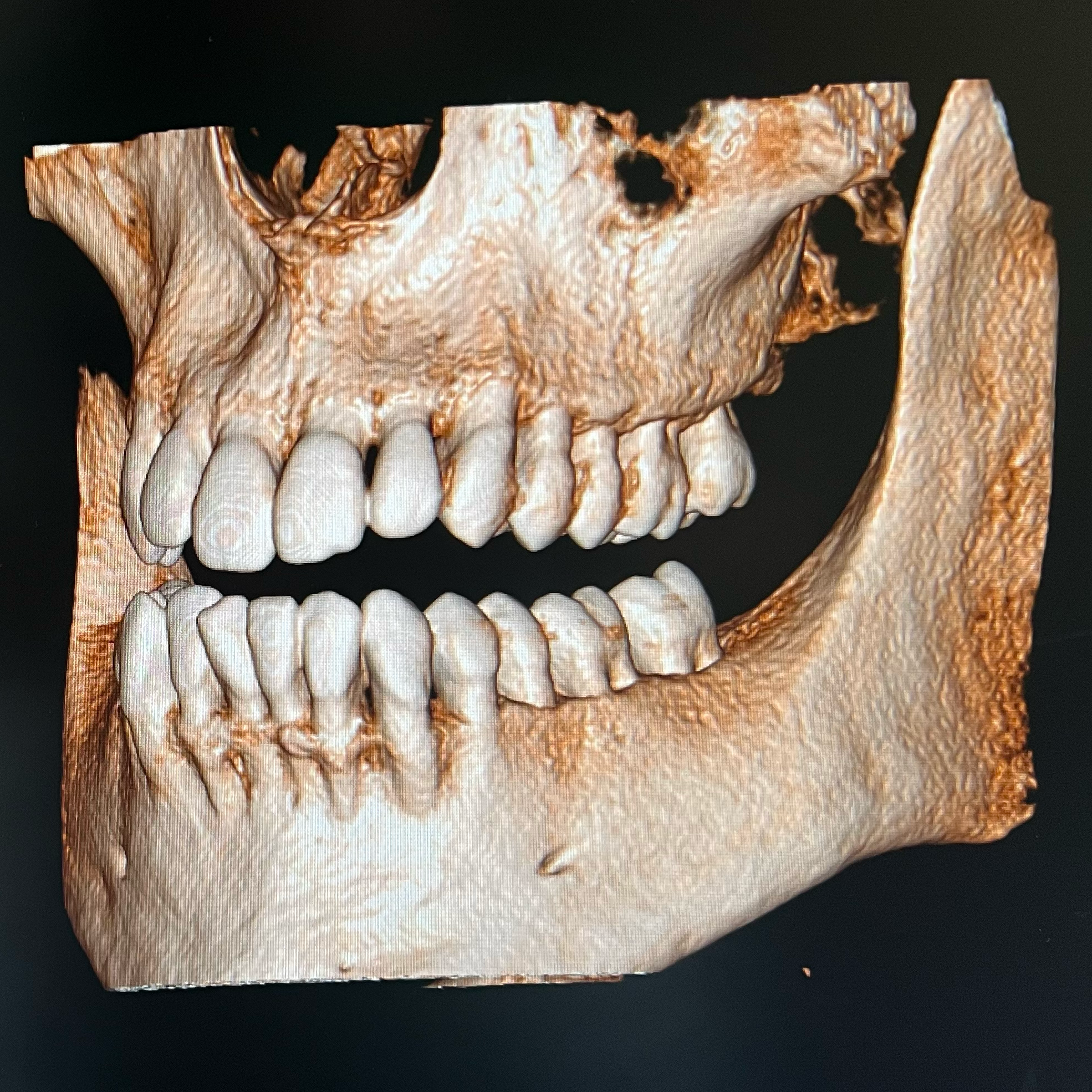
Specialty Services
As a full service periodontal practice, Pure Perio utilizes the latest dental technologies, imaging, and surgical techniques allowing for the best patient care and customized treatments including hard tissue preservation, aesthetics, and regenerative services. Learn more about the specialty services offered.

Post Operative Care
Proper post-operative care is crucial for healing and recovery after oral surgery. Be sure to follow all instructions, and attend post operative appointments. With proper after care procedures, we can ensure smooth and comfortable healing. Learn more about procedure specific instructions.
welcome to the practice
New Patients
Summer ’18
Collection





ENGAGEMENT
How It Works

Chat With An Expert
Lorem ipsum dolor sit amet, consectetur adipiscing elit, sed do eiusmod

Diamond Selection
Lorem ipsum dolor sit amet, consectetur adipiscing elit, sed do eiusmod

Design Your Ring
Lorem ipsum dolor sit amet, consectetur adipiscing elit, sed do eiusmod

NEW
Our Latest Jewelry
20% OFF Entire Wedding Collection
Vivamus suscipit tortor eget felis porttitor volutpat. Praesent sapien massa, convallis a pellentesque nec, egestas non nisi. Curabitur aliquet quam id dui posuere blandit.
Patient Referrals
Let's collaborate for comprehensive patient care. Refer periodontal patients to Pure Perio for advanced diagnostics, precision treatment planning, and the latest regenerative therapies. Our periodontal specialists will seamlessly coordinate to restore optimal gum health and esthetic outcomes.






